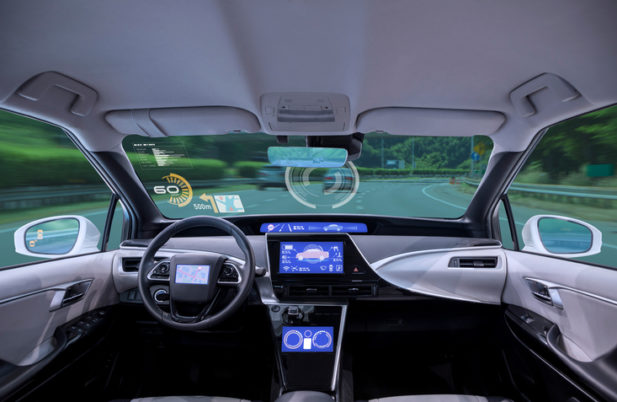Self-Driving Cars – Fact or Fiction?

For the last half century, science fiction stories haven given us a glimpse into futuristic worlds with far-fetched technologies and seemingly endless automation. Despite recent advances, we still have to cook our own meals and take the dog for those inconvenient late night walks. But self-driving cars are already on our roads.
In case you missed it, in late-2015 electric car manufacturer Tesla released an “autopilot” system for its Model S sedans, which allowed the vehicle to autonomously control acceleration, braking and steering functions, when engaged by the driver. The autopilot system uses radar, ultrasonic sensors, and a camera mounted behind the rear view mirror to monitor road conditions. Earlier this year, Tesla introduced a substantially upgraded autopilot system available on new vehicles. The new autopilot was designed for full self-driving capability, although certain features have not yet been enabled.
So, has the future arrived? Not exactly. In reality, Tesla’s autopilot remains above all else a driver assistance system. The driver is required to keep his or her hands on the wheel and be prepared to take full control at a moment’s notice. In Florida last year, a Tesla driver was killed in an accident while using his autopilot system, when he either failed to take control in time to avoid a crash with a tractor-trailer, or relied too heavily on the autopilot system.
In Ontario, there are not yet any legal restrictions on self-driving cars or driver assistance of the type pioneered by Tesla. However, there are many concerns regarding full self-driving automation. For example, how will adverse weather conditions (like those here in Canada) affect the autopilot system? Will it safely handle unexpected obstacles, such as a child chasing a ball onto the street? How secure would such a system be from cyber-attacks or software viruses? All levels of government are going to need to address these issues before self-driving cars become commonplace.
The truth is that we are many years away from having a true fleet of self-driving vehicles on our roads. While auto manufacturers are actively working toward improved automation, a problem-free and reasonably priced system has yet to be developed. In the meantime, the law has some catching up to do.
Oatley Vigmond is Ontario’s Personal Injury Law Firm. If you or someone you know has been injured in a traffic accident, we may be able to help.
About the Authors

Adam Little earned his undergraduate degree from the University of Toronto in 1996. He graduated from Queen’s University Faculty of Law in 2000 and was called to the bar in 2002. Adam was practicising on Bay Street for a leading Toronto litigation firm that represented doctors in medical malpractice claims when he realized that helping people through personal injury litigation was what he wanted to do. “I wanted to work for the best,” he said. A partner at Oatley Vigmond had written the best-known book available about addressing jury trials, which Adam had read and admired. He wrote to the partner, went through an intense interview process and became a partner at the firm in 2005.
